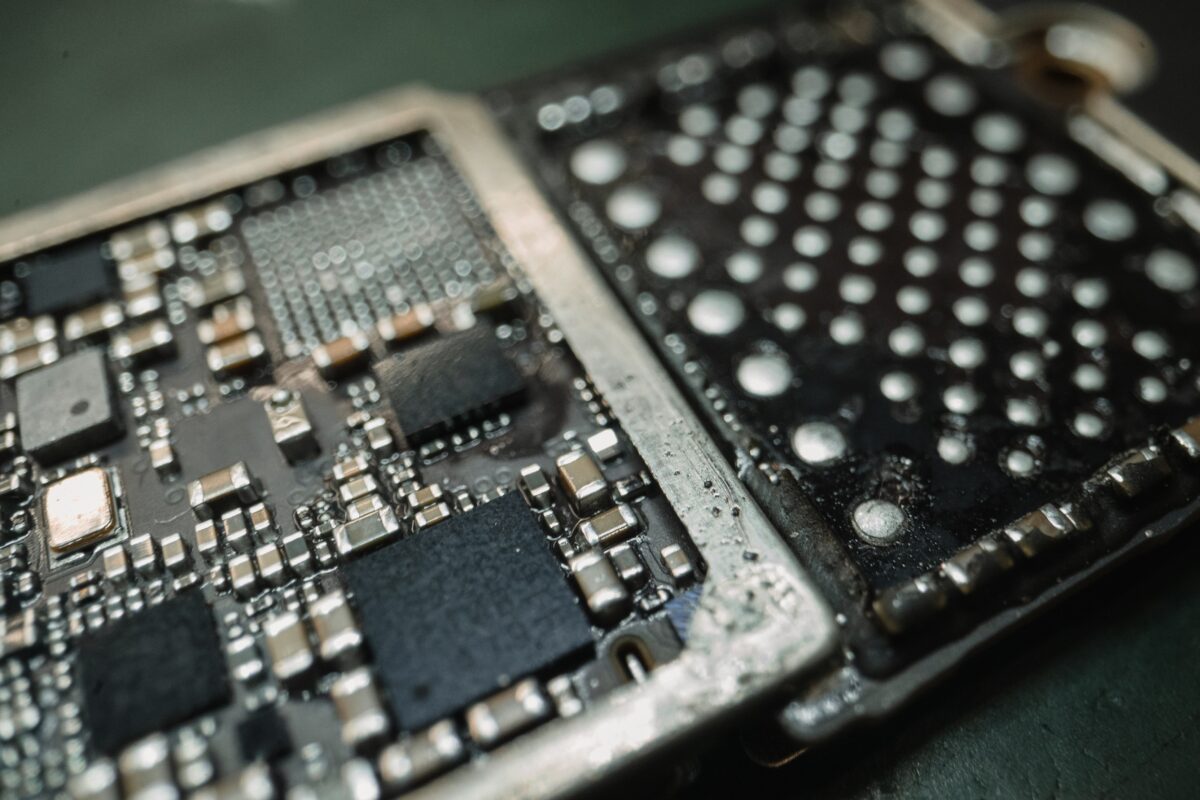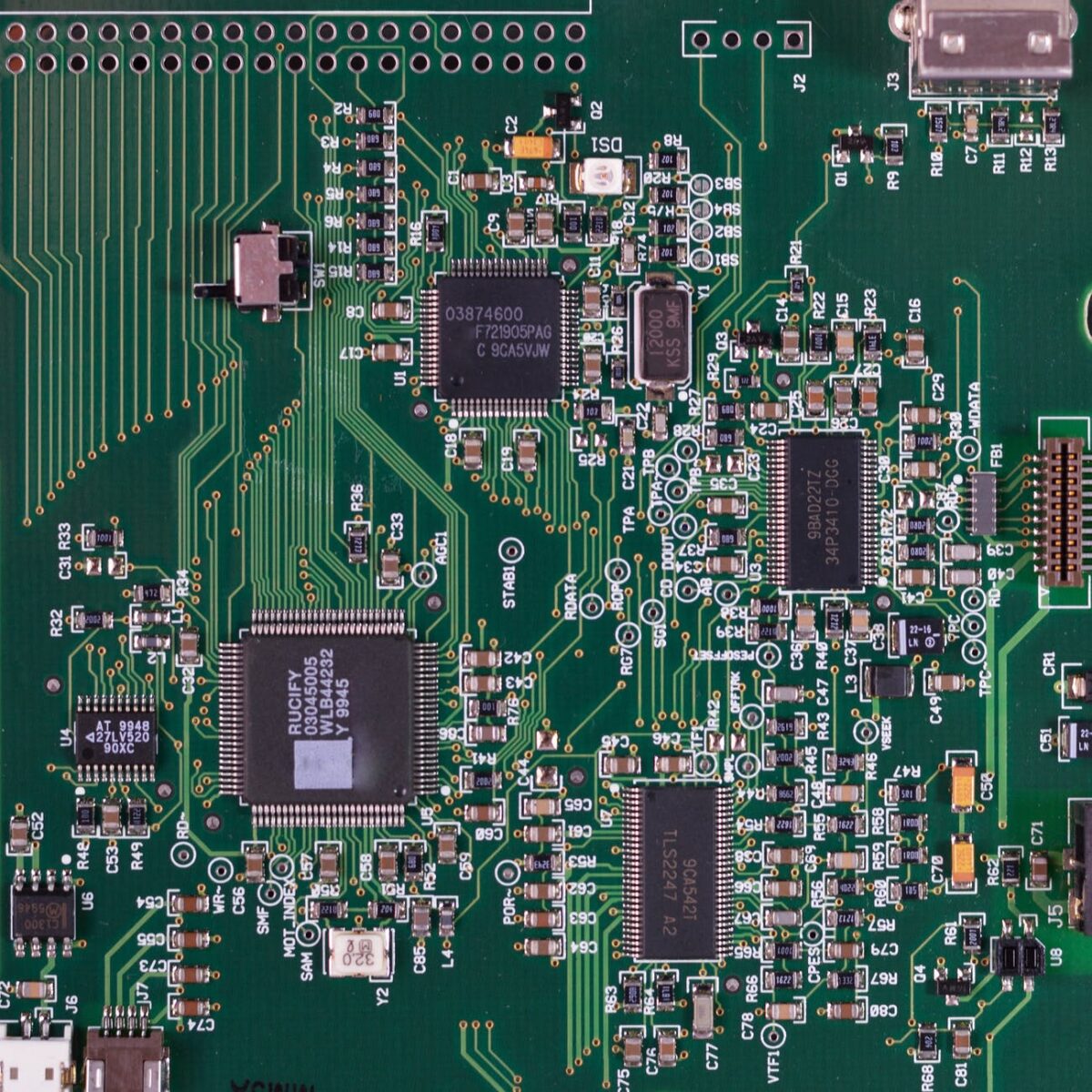The future of memory
Memory is an essential electronic component. Not only can it store data, but it can also process vast amounts of code. As it is so vital, manufacturers are upgrading it and adding improvements constantly. This could improve the way our computers and gadgets run but could also help people’s memories in the future.
Next-gen memory announcements
This year Samsung announced new products during the Flash Memory Summit in August. One of the products announced was the new ‘Petabyte Storage’, able to store as much data on a single server. A petabyte of storage (equivalent to 1,024 terabytes) would let manufacturers increase their storage capacity without requiring more space.
The company also announce Memory-Semantic SSD, combining flash and DRAM to to supposedly improve performance twenty-fold. This technology may be perfect going forward, suiting the increasing number of AI and ML operations with faster processing of smaller data sets.
SSD demand is increasing and other companies are vying for a share of the market. Western Digital also announced a new 26TB hard drive 15TB server SSDs earlier this year. Its new SSDs have shingled magnetic recording (SMR), which allows for higher storage densities on the same number of platters.
Market Worth
In 2021 the next-gen memory market was valued at $4.37 billion, and is expected to reach $25.38 billion by 2030. This demand is partly driven by high bandwidth requirements, low power consumption and highly scalable memory devices.
The need for scalable memory comes from the continually rising use of AI and ML. Lower-spec memory devices are causing bottlenecks in the functioning of these devices. Data centres are needed to process more data than ever before, so scalability is key for this market.
Futuristic Products
One promising product for the future of memory technology is Vanadium Dioxide. VO₂ is usually an insulator, but when it is heated to 68⁰C its structure changes and acts like a metal.
When an electrical current is applied to the circuit the metal would heat to its transition point. When it is cooled it would transition back.
Upon further study it was discovered that, when heated multiple times, the material appeared to remember the previous transitions and could change state faster. In a way, the VO₂ had a memory of what had happened previously.
The exciting discovery could mean the future of memory is brighter than ever. VO₂ could be used in combination with silicon in computer memory and processing. Especially for fast operation and downscaling, this material is an interesting prospect.
Our memories
Today our regular blog post coincides with world Alzheimer’s day. Dementia is a collection of symptoms caused by different diseases, that can result in memory loss, confusion, and changes in behaviour. If you would like to learn more about dementia or Alzheimer’s, visit Dementia (who.int)



